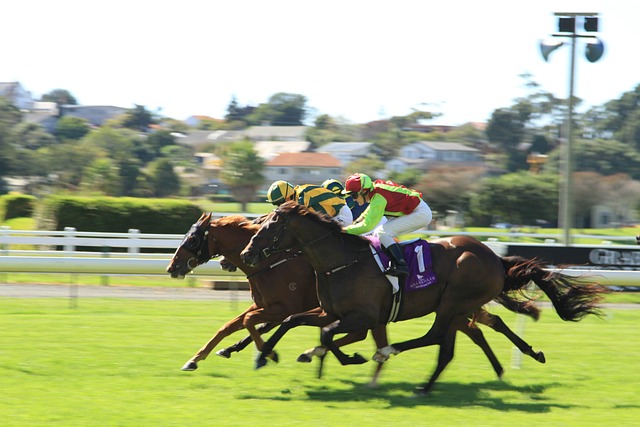 Two fences on the Grand National Course bear the names of previous runners in the celebrated steeplechase. Valentine’s Brook, originally known simply as the Second Brook, was renamed after Valentine, who reputedly performed a feat of equine gymnastics to clear the fence before finishing third in the 1840 Grand National. Foinavon, on the other hand, has been so-called since 1984 and commemorates Foinavon, trained by John Kempton, who, in 1967, became arguably the most unlikely Grand National winner of all time. Indeed, at the time of writing, he remains one of just five horses in the history of the National to win at odds of 100/1.
Two fences on the Grand National Course bear the names of previous runners in the celebrated steeplechase. Valentine’s Brook, originally known simply as the Second Brook, was renamed after Valentine, who reputedly performed a feat of equine gymnastics to clear the fence before finishing third in the 1840 Grand National. Foinavon, on the other hand, has been so-called since 1984 and commemorates Foinavon, trained by John Kempton, who, in 1967, became arguably the most unlikely Grand National winner of all time. Indeed, at the time of writing, he remains one of just five horses in the history of the National to win at odds of 100/1.
To put matters in perspective, so unfancied was Foinavon that neither Kempton nor his owner, Cyril Watkins, were at Aintree on April 8, 1967 to witness his memorable victory. Ironically, the fence now known as Foinavon, which is jumped as the seventh and twenty-third obstacle during the Grand National, is one of the smallest on the course, at a height of just 4’6″. Nevertheless, on the second circuit in 1967 it was the site of a dramatic pile-up caused, in the first instance, by the riderless Popham Down, who ran down the fence and brought the majority of the field to a standstill.
Racing from some way off the pace, in the hands of the unheralded John Buckingham, Foinavon was the only horse to jump the fence cleanly at the first attempt and, to the astonishment of comnentator Michael O’Hehir, established a clear lead, “about 50, 100 yards in front of everything else!” At the next fence, the Canal Turn, Foinavon was still 30 lengths or so clear, and while his advantage dwindled over the final half a dozen fences, he still passed the post 15 lengths ahead of his nearest rival, the favourite Honey End, who had been remounted by his jockey, Josh Gifford.